Citizen’s new Proximity is the first analog watch with Bluetooth. We put it to the test in this feature from the WatchTime archives. Does it sink, or sync? (Photos by Robert Atkinson).
These days, you can hardly fire up your Web browser without landing on an article about the Apple Watch and a host of other wrist-borne devices that sync with smart phones. One recent headline proclaimed that technology companies have discovered that the wrist is valuable real estate. Readers of this magazine have known that for some time. Yet for all the hype, micro-computers with straps remain the nerds of the watch world: they’re highly intelligent, but often ticketed by the fashion police. Not to mention that only babies and capuchin monkeys have fingers small enough to manipulate their screens.
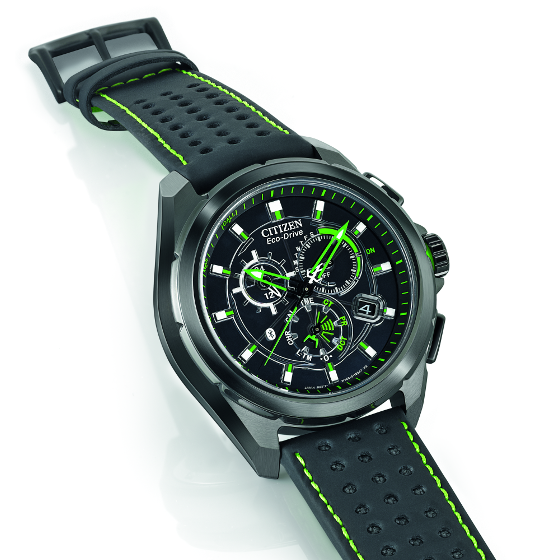
Sync seekers who prefer old-school watches with hands have limited options – very limited. In fact, as this is written, Citizen’s new Proximity is the sole choice.
How does the Proximity work? In a nutshell, it uses low energy Bluetooth 4.0 to sync with the iPhone 4S and 5 (sorry, Android fans). The link allows the watch to provide alerts about new e-mails, calls, and scheduled events. It can also help you find your lost phone. It’s not compatible with earlier iPhones, because they do not offer Bluetooth 4.0, which first became available in the iPhone 4S in October 2011.
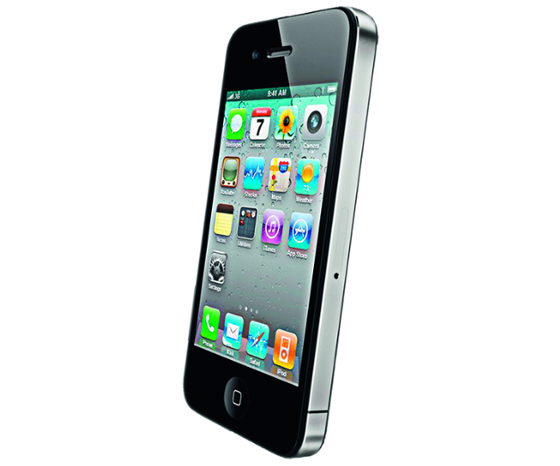
Out of the box, the Proximity makes a good impression. It’s available in two color schemes: a traditional silver-colored stainless-steel case with blue accents, and a stealthy black ion finish with Incredible Hulk green accents. My test watch was the Hulk variety.
The Proximity’s case officially measures 45 mm in diameter, but like many watches with oversize crowns and pushers, it’s much wider than that, so it wears larger than its published dimensions would indicate. It’s 14.5 mm thick and it weighs 105 grams, and it has a solid feel. Thanks to the slightly curved lugs, the watch fit my 7¾-inch wrist comfortably, and it fit under dress-shirt cuffs with no problem.
The 22-mm strap is leather sandwiched between a brightly colored nylon lining and a pseudo-suede polyurethane outer layer. Hulk-green stitching and rows of small perforations give the strap a decidedly sporty look.
The crystal is mineral glass with anti-reflective coating on the inside. Beneath it, the dial provides a great deal of information, but like many multi-function watches, it’s not a paradigm of legibility.
The dial contains three primary indicators. The “control panel” is located at 6 o’clock. This subdial tells you which mode the watch is in. Three of the modes are Bluetooth-related:
- “PR” is pair mode, used to establish the initial connection between the watch and the phone.
- “CT” is connect, to reestablish the watch-phone link after the initial pairing.
- “DCT” disconnects the watch from the phone.
The remaining modes are for more traditional functions. “TME,” “CAL” and “CHR” are time mode, calendar, and chronograph. “LTM” is local time mode, and “0” resets the watch hands should any of them cease to point where they’re supposed to.
Setting up the Proximity is a breeze, thanks to four short videos included on the credit-card-size USB drive that comes with the watch. The videos cover the Proximity app, which you can download from iTunes; pairing the watch and the phone; initial set-up; and choosing your notification preferences in the app. Each video is just a few minutes long.
The USB card also contains the 12-page owner’s manual. Although 12 pages doesn’t sound like much, this small package contains about a week’s worth of homework. I printed mine out and went through it like a college textbook, with yellow highlighter and red pen in hand. With this watch, it definitely helps to read the manual.
For easy reference, the Proximity app contains its own internal operating instructions, so you’ll always have them with you. There’s also an extensive FAQ available online. It’s always being updated, and as of this writing, its 29 pages cover 129 questions. Like I said: read the manual.


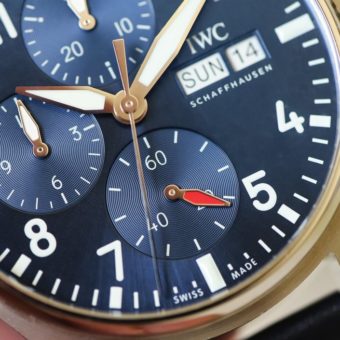
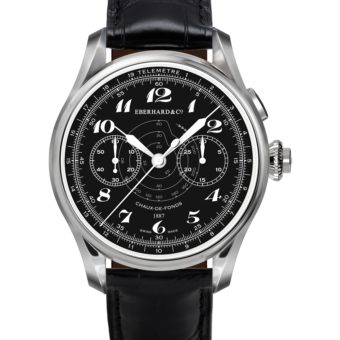
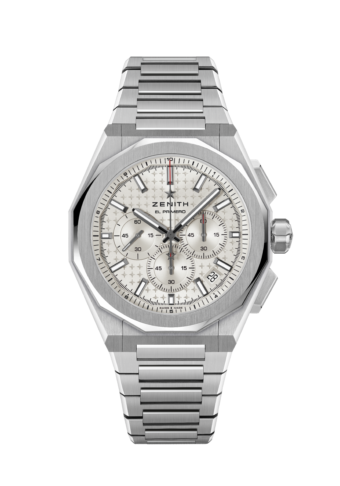

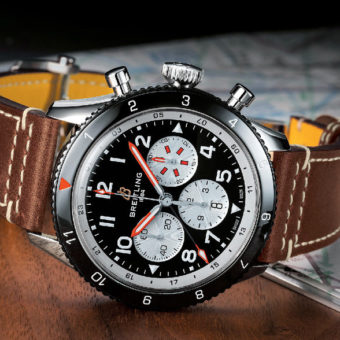
My guess is that we are seeing the end of the Swiss watch industry as we know it. The next generation of watches (Swiss, others) will be some combination of a Smart Watch and a traditional watch because that is apparently what the current generation knows and seemingly wants. It may not be what the Swiss watchmakers want but they almost died when quartz watches came along. I see a similar revolution beginning now and the astute Swiss watch companies will jump on the background or go out of business. Sure, traditional high-end watches will still enjoy a good market and I will continue to wear my Rolex Day Date … which I have worn most of the time for about 45 years … but I am 84 and do not want nor need a watch that tells me what my iPhone already tells me. Still, my two teenage granddaughters can’t wait until they get a new Apple watch and the idea of wearing an old-fashioned mechanical watch like I do is out of the question for them. I think they reflect the coming watch market far better than I.
It should say bandwagon, not background in line 5
So this proves they have the tech, BT4.0, solar and smart phone integration but its done all wrong.
1. a world time watch, that uses GPS/BT4 sync to keep correct
2. easy at last to set perpetual calendar (all phone settings, like alarms, calendar reminders)
3. smooth sweep, they have it from BOLOVA and with solar its a no-brainer tech
4. smart power, battery so it hibernates to save power when not in sun, or worn
5. mutil color ring (UV) lighting, for email, message ect… with vibrate/silent mode
6. with tritium to make them stand out at night!
All these things would rock, but an 18 page how to says they have it all wrong!